Fermented Rye and Wild Garlic
We all need recipes to use up “discarded” sourdough starter before making a leavan. Most of us who make our own sourdough take great pleasure in sourcing high quality flour, so it feels wrong to throw some out. Sure, we can bake it into cakes or fry it in our delicious spelt pancake recipe, but if you want something savoury that you can enjoy alongside the bread you bake, this soup is an absolute must. I enjoyed it with two slices of wholemeal rye sourdough (baked with coriander seeds for a floral, lemony aroma) and a drizzle of our delicious wild garlic oil (because there isn’t such a thing as too much wild garlic).
If you don’t happen to have your own sourdough starter then you can easily make this recipe still by mixing 50g of cold water and 50g of wholemeal rye flour in a sterilized jar a day or two in advance of making your soup. Leave it somewhere out of direct sunlight at an ambient temperature (roughly 18C/65F) for a day. It should start to smell sour and a little alcoholic after 24 hours, but if it needs longer than give it another day to get nice and acidic.
Foraging
If you have been following our recipe updates on ingredients that require foraging then you’re probably more than used to what I’m about to say. Feel free to skip this and head straight to the recipe, but it is important to always be aware. Never take more than you need, never pick a protected species, never trespass, and always respect the natural habitat. It’s important to leave enough for everyone as well as not to damage the plants by removing too much. It is good practice to cleanly cut a plant you forage and not tug at it, this way you don’t damage the roots and allow it to recover for the following season.
One of the main attractions in foraging is the wonderful flavours we find in plants and fungi that have grown in their natural habitat and far from the destructive and artificial environments of conventional agriculture. Having said this, harmful chemicals can still find their way into faragable ingredients that grow close to roads. For this reason, I tend to leave anything growing at the side of the road or footpath alone in favour of that which grows in the heart of a habitat.
When it comes to wild garlic, be careful of dangerous lookalikes. Take care not to pick the leaves of Lily of the Valley (Convallaria majalis). They favour the same conditions and look similar, but Lily of the Valley is a little more upright and doesn’t share the distinct aroma of wild garlic. When flowering, it looks more like a Snowdrop, with small, bell-shaped flowers hanging from a slender stalk. This plant is highly poisonous and can cause anything from digestive issues to irregular heartbeats. Another thing to bare in mind is Ivy. A lot of woodland is covered in Ivy and often wild garlic pushes it’s way up amongst vines of Ivy. It is easy to accidentally pick Ivy that is hiding beneath the leaves of wild garlic, so be careful when washing your haul for any signs of dark green Ivy leaves. One more intruder to not to be confused by are Snowdrops. Once they have finished flowering, Snowdrop leaves tend to broaden and can be mistaken for thin, young wild garlic leaves.
Fermented Rye and Wild Garlic Recipe
Serves 4
1 white onion
3 sticks of celery
750g potato / parsnip*
100ml white wine / 50ml white wine vinegar
80g wild garlic
250ml single cream
100g rye sourdough starter
1ltr of stock
Salt and pepper
Equipment: A blender or stick blender
*At this time of year you might be pulling the last of your parsnips from the garden, some of which may be large and woody. This recipe is a great use for even the most tough of parsnips, simply adjust your cooking time until they’re soft and tender.
Step 1.
Dice your onion and celery finely and add them to a hot saucepan with a splash of olive oil and seasoning. Saute on a medium temperature for 15 minutes until soft, sweet and transparent.
Step 2.
Whilst you wait for the onion and celery, dice your potatoes / parsnips into 2cm pieces and store them in a bowl of cold water to stop discolouring. When the vegetables are sauteed, add the white wine and turn the heat up to a medium high. Allow a few minutes for the wine to boil and reduce, thickening to a semi viscous consistency. At this point the alcohol and water are cooked off and what remains are the sugars and aromatics in concentration. Add your stock and potatoes (removed from the water you were storing them in) and bring to the boil, then simmer for 20 minutes until the potatoes are softened throughout. (To check, insert a knife into one. When you lift it from the water it should slowly fall from the blade. It it holds on without budging then it needs a few more minutes).
Step 3.
When the potatoes are cooked add the rye starter. If you have a stiff starter (lower water ratio) it will cook into lumps the moment it touches the hot water. This isn’t a problem as it will still blend smooth, but to avoid this, mix the starter with 30ml of cold water to loosen it up, then add it to the soup. Remove it from the heat and blend your soup until smooth. As you blend, add the cream, then add the fresh wild garlic. Continue to blend until the wild garlic is broken up but not totally smooth. The heat of the soup is enough to release the plant’s aroma but not enough to over cook it. Check the soup for seasoning and consistency and adjust to your preference.
Despite it’s creamy smoothness, this soup is surprisingly refreshing and aromatic thanks to the crispness of the white wine and acidity of the fermented rye.




